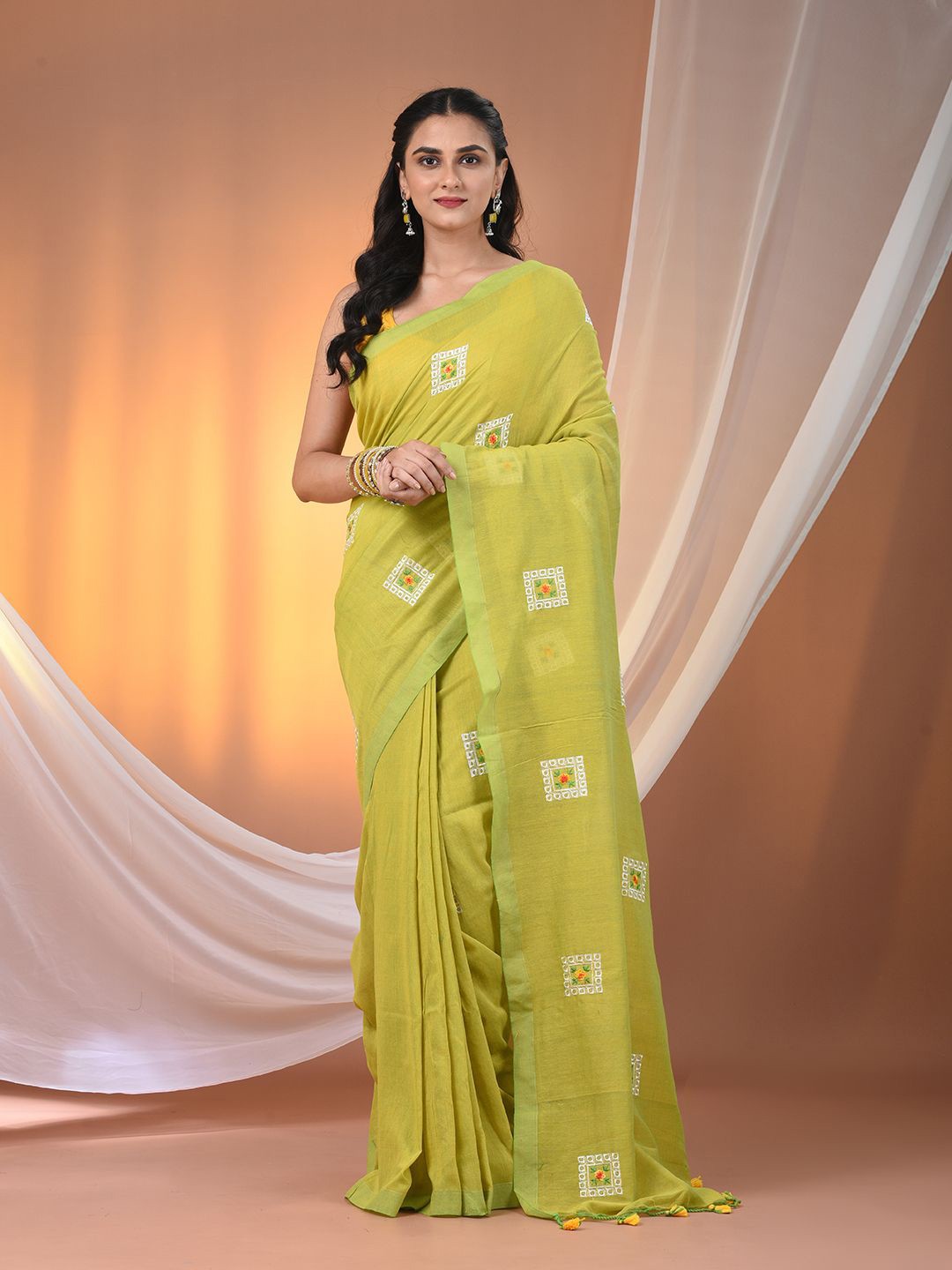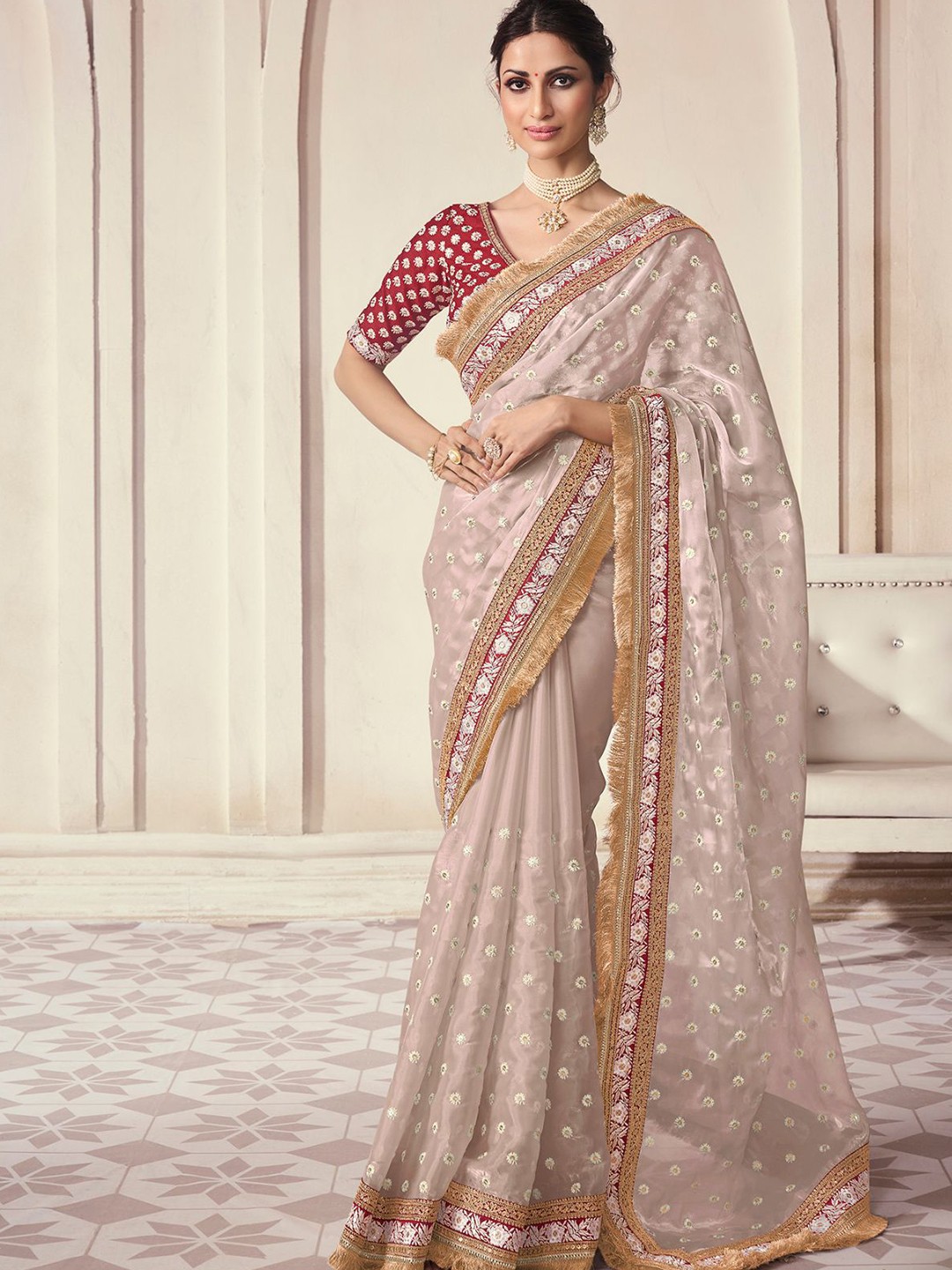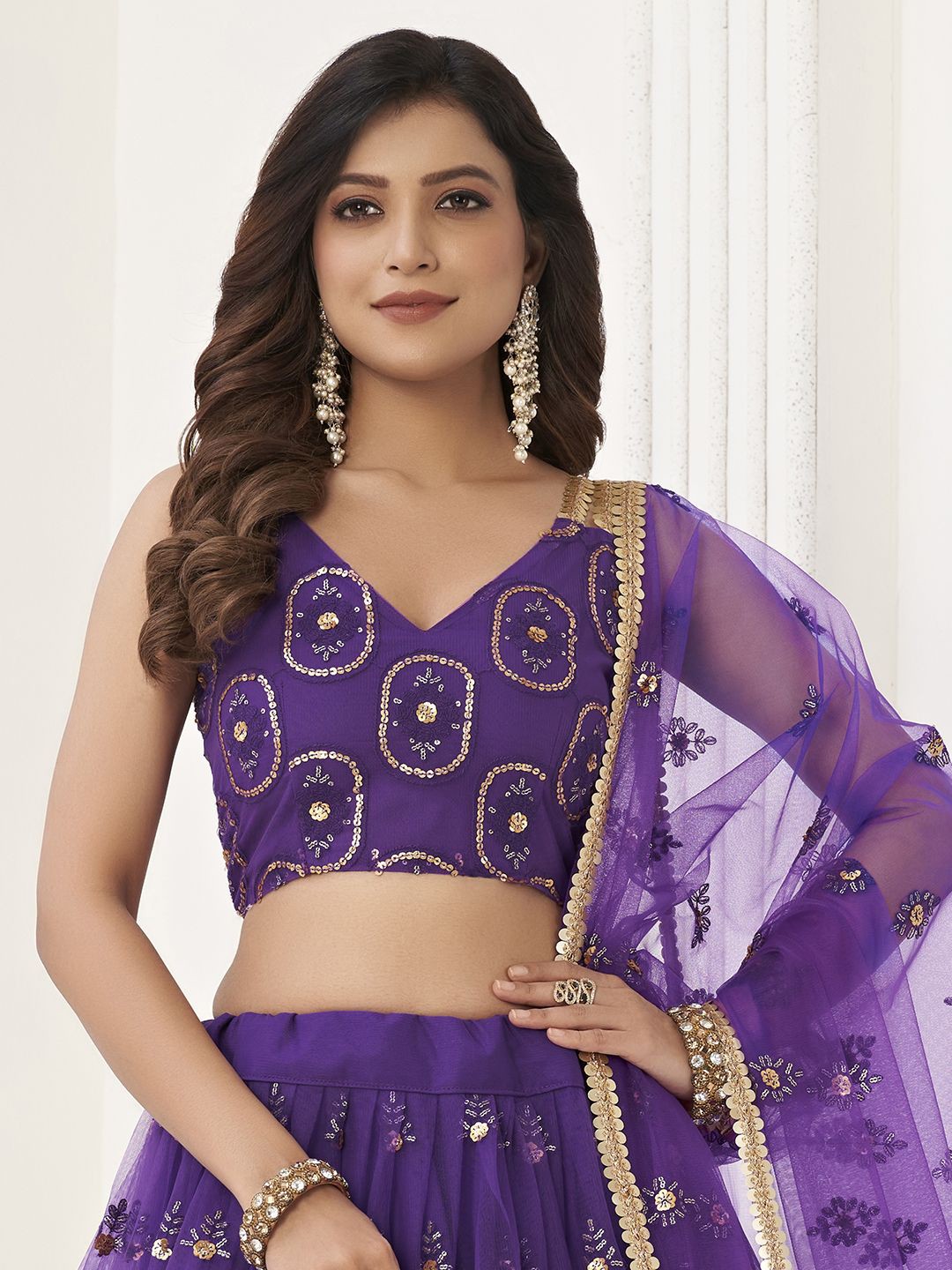Mehendi (or henna) is an ancient art form that has adorned hands and feet across South Asia, the Middle East, and North Africa for centuries. In India, it holds special significance in weddings and festive celebrations, symbolizing joy, beauty, and good fortune.
Traditional Patterns
Classical Indian mehendi is rich with symbolism and regional variations:
- Rajasthani: Known for its dense coverage and intricate detailing featuring peacocks, elephants, and geometric patterns.
- Arabic: Though not originally Indian, this style has become popular for its bold, floral patterns with larger spaces between motifs.
- Mughal: Influenced by Islamic art, featuring paisleys, floral motifs, and architectural elements arranged in symmetrical patterns.
- South Indian: Characterized by temple-inspired motifs, peacocks, and lotus flowers, often covering just the palm and fingertips.
Contemporary Innovations
Modern mehendi artists are pushing creative boundaries while honoring traditional techniques:
- Minimalist Designs: Simple, elegant patterns with negative space for a modern aesthetic.
- Portrait Mehendi: Incorporating faces or figures of the couple in bridal designs.
- Fusion Styles: Combining elements from different cultural traditions, such as Arabic and Indian.
- Glitter and Color: Adding sparkle and vibrant hues to traditional brown henna patterns.
Special Occasions
- Bridal Mehendi: The most elaborate designs covering hands up to elbows and feet to knees, often hiding the groom's name within the pattern.
- Festival Designs: Lighter patterns for celebrations like Karva Chauth, Teej, or Eid.
- Everyday Mehendi: Simple motifs for regular wear or small celebrations.
Practical Tips
- For darker stains, apply lemon juice and sugar solution after the paste dries.
- Avoid water contact for at least 12 hours after application.
- Consider natural henna over chemical "black henna," which can cause allergic reactions.
- Research your artist's portfolio to ensure their style matches your vision.
Whether you prefer traditional symbolism or contemporary interpretations, mehendi continues to be a beautiful form of temporary body art that celebrates Indian cultural heritage while evolving with modern aesthetics.







Leave a Comment